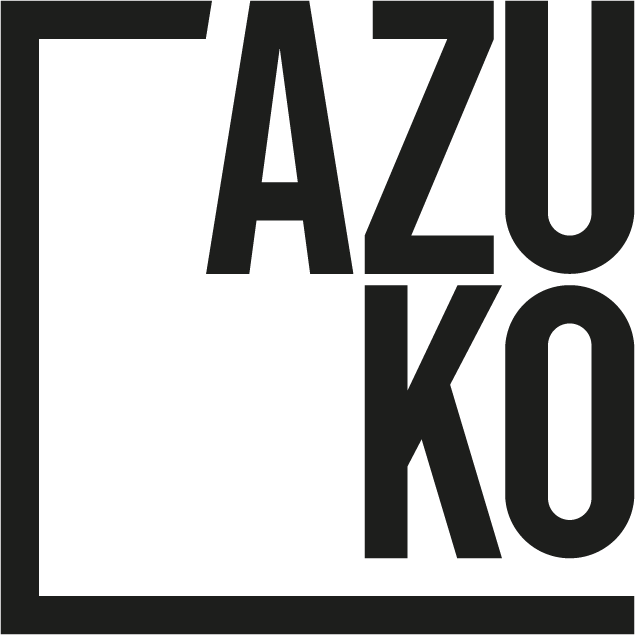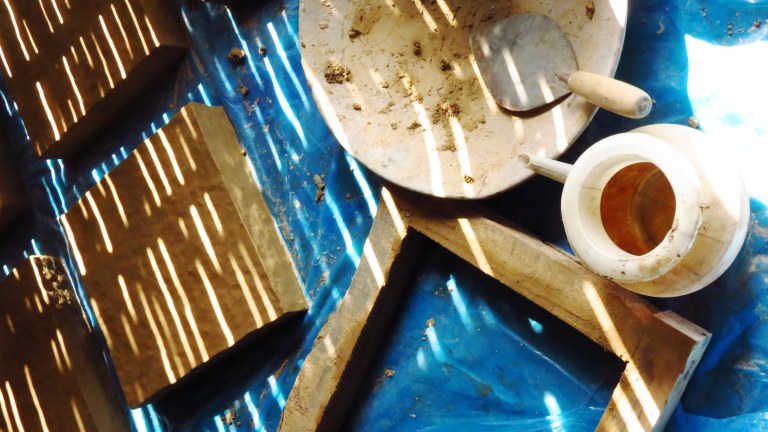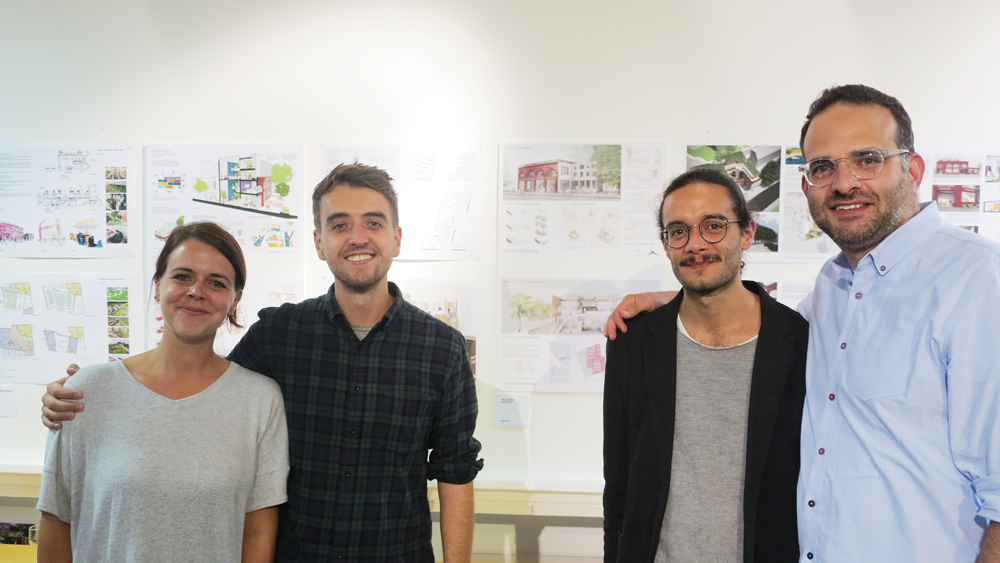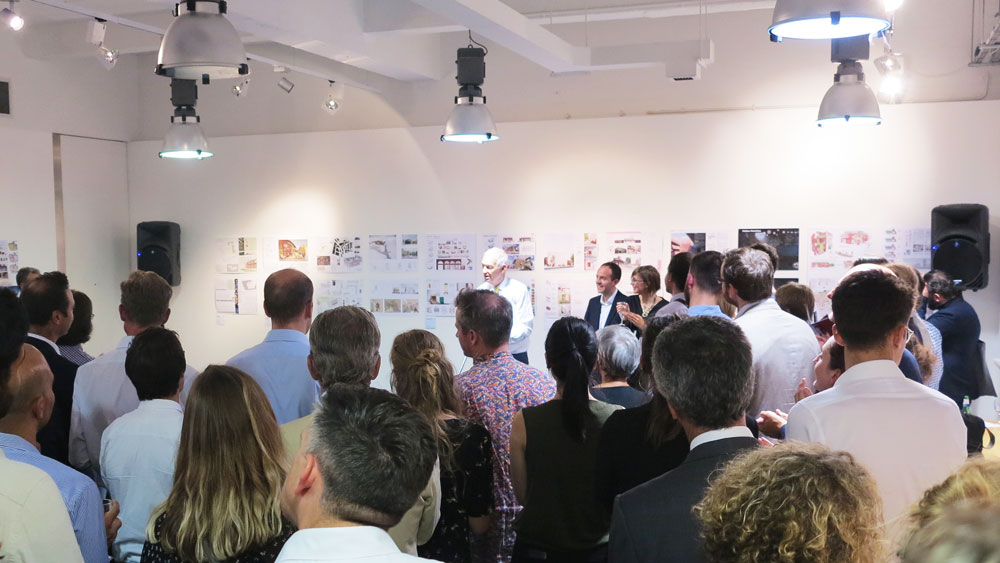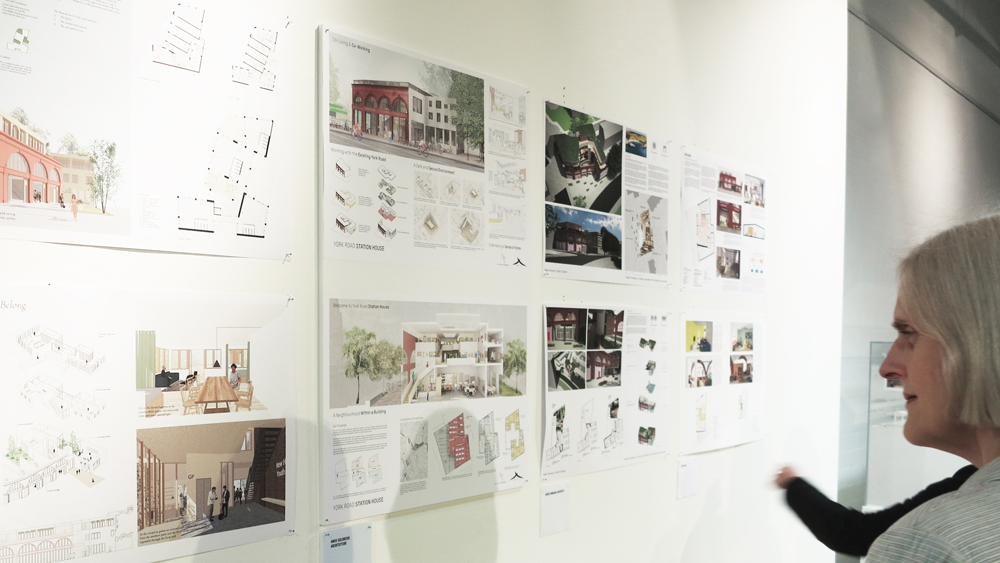On #GivingTuesday, the global day of giving, we’re launching our winter campaign: #BreakToMake
We’re asking people to give it up to raise money for AzuKo. Every £1 you donate will enable vulnerable women in Bangladesh to attend essential ‘build for safety’ training. It costs £19 for one woman to join. We’re aiming to raise £475 to train 25 women in January 2019.
UPDATE: Thank you to everyone who supported our campaign! You raised £656, which will enable 34 women to attend our training.
This is just the start - we aim to train 120 women in 2019. We’d love your continued support.
